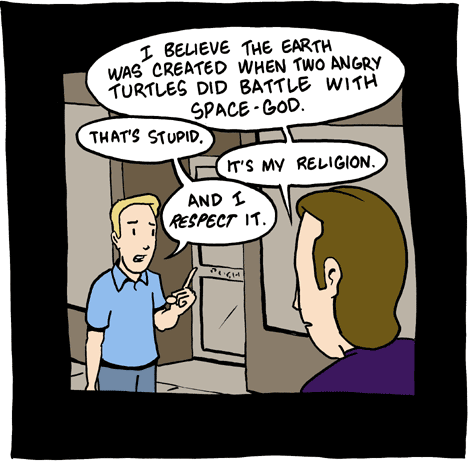Welcome to the tenth edition of
Philosophia Naturalis, the physical sciences blog carnival. We’ve got the month’s best physics and astronomy blogging here, for your reading pleasure!
First up is
Scott Aaronson, who goes into great detail on how quantum computers can solve the factoring problem in
Shor, I’ll do it. If you’re put off by math, worry not, for Scott has graciously substituted metaphors involving clocks for all advanced mathematics. If I understood it, you almost certainly will.
In our next entry,
Matt Leifer asks, “
why is many-worlds winning the foundations debate?” He dives in to a philosophical discussion about the nature of science and uses “Quine’s pudding bowl” to cast good doubt upon the many-worlds interpretation. If you’re up for some philosophy of science (and who isn’t?) give it a read.
Continuing the streak of Quantum-themed entries,
Alejandro Satz attempts to explain
Quantum Mechanics in words of one syllable. He manages to a pretty good job with a difficult task. I’m not sure I could write anything using only monosyllabic words.
For a change of pace, Joseph Polchinski, guest-blogging at
Cosmic Variance, rebuts some of Lee Smolin’s anti-string rhetoric in
Science or Sociology? Check it out whether you love or hate string theory (or even if you’re one of those rare people who is entirely neutral to the idea).
In a follow-up to Polchinski’s post titled
String Theory: Not Dead Yet, Sean Carroll describes how it’s business as usual for String theorists despite the common misconception that it’s “dead and buried”. He also talks about some of the challenges they’re facing and why it’s still the leading candidate for a theory of quantum gravity.
Speaking of gravity (but without the quantum),
Clifford Johnson implores you to
Read a Gravity Essay Today. Apparently you can win $5,000 for writing an essay on gravity, who knew!
Now we slide into astronomy and cosmology with
Rob Knop, who discusses how the universe is going to end in
The Big Rip: an end to the universe without recollapse. According to Rob, there’s an alternative to heat death or recollapse, involving “Phantom Dark Energy”.
Charles Daney muses on NASA’s priorities, new planets, and future space missions (mostly European) in
The $13,000 bottle of water. It certainly sounds like the Europeans are on top of their game when it comes to interesting experiments in space, us Americans can only hope that NASA gets its act together and starts doing more
real science again sometime soon.
There seems to have been a flurry of news about extrasolar planets this month, and physics bloggers got in on the action.
Steinn Sigurosson reports on the discovery of a planet around a metal-poor star in
Mo’ Better Planets. Next,
Greg Laughlin has the scoop on a Neptune-sized snowball 33 light-years away, and its implications for the study of extrasolar planets. Finally,
Phil Plait tells us about
the fist map of an extrasolar planet. It’s quite a crude map, but a very impressive feat.
Continuing our foray into the science of the stars, mollishka from
a geocentric view discusses her work on
the Lyman-alpha forest. There’s a little bit of atomic science and a whole lot of astronomy in this post, it’s a very worthwhile read (especially if you’re like me and quite deficient in astronomy knowledge).
In our final bit of astronomy, ZapperZ from
asks
Is Too Much Physics Bad For Astronomy?, and then asks it again in
Follow Up To “Is Too Much Physics Bad For Astronomy?” His short answer is “no”, but for the full (and much more interesting one) click on the link!
I happen to enjoy a good bit of irreverence every now and then, and so we’ll end this month’s PN with some irreverent looks at physics.
Chad Orzel starts us off with
Many Worlds, Many Treats, wherein he explains the many-worlds hypothesis to his dog, and why she shouldn’t be expecting any steaks to fall from his lap any time soon.
Next up,
Steinn Sigurosson takes an irreverent look at Boltzmann brains and their implications in
on the spontaneous appearance of minor deities.
And finally, we have a webcomic from
PartiallyClips:

That does it for this month’s Philosophia Naturalis, tune in next month for more excellent physical sciences blogging!
Labels: astronomy, blog carnival, cosmology, philosophia naturalis, physics, science








